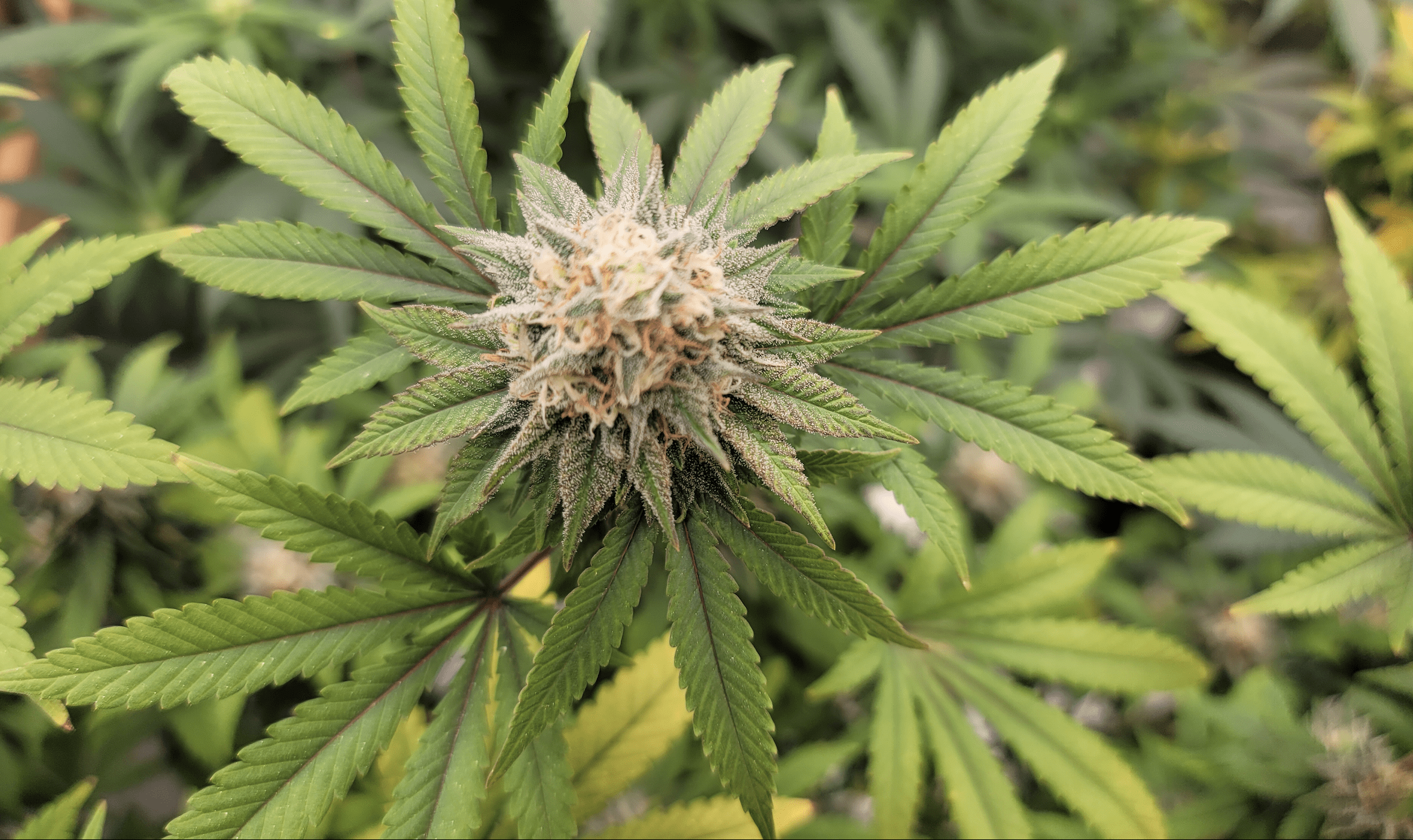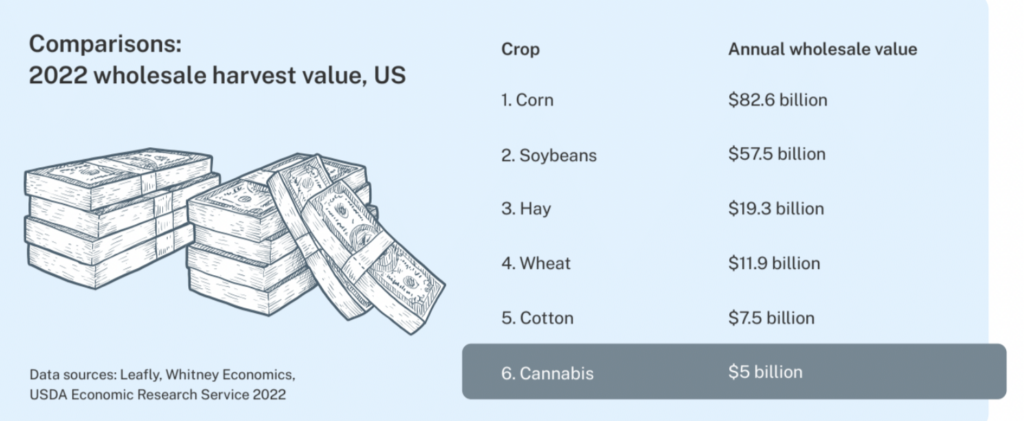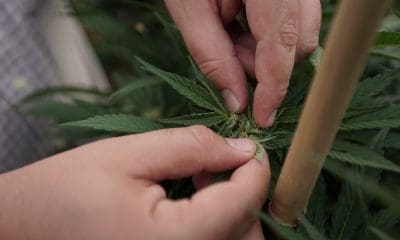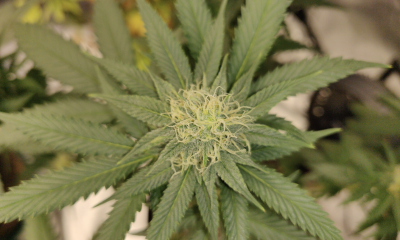Business
Marijuana Is A More Valuable Crop Than Potatoes Or Rice, New Leafly Report On Adult-Use Market Finds

The wholesale value of marijuana across 15 adult-use states has reached $5 billion—making it the sixth most valuable cash crop in the country, above potatoes and rice—according to a new report. And that’s not even accounting for the massive medical cannabis market that provides for patients in almost two dozen other states.
Leafly’s 2022 Cannabis Harvest Report fills in significant gaps in agriculture data about the crop, which has been understudied through traditional means because marijuana remains federally prohibited.
The cannabis company analyzed licensing records for legal cannabis states, sales and tax reports, commercial pricing data, field measurements, U.S. Department of Agriculture (USDA) crop values and expert input to develop the report. The analysis covers past 12-month data in some states and full-year 2021 data in others.
The top-level takeaway is that the marijuana industry is a significant component of the agriculture industry, even if it’s only legal and regulated by certain states at this point. There are almost 13,300 American farms growing marijuana for adult use in the 15 covered states, it found.
The crop’s estimated $5 billion in wholesale value puts it above multiple American staple crops like potatoes. The only crops that exceed its value are corn, soybeans, hay, wheat and cotton.

Via Leafly.
“Simply put, local and federal governments do not treat cannabis farmers like farmers,” David Downs, the report’s lead author and Leafly’s California bureau chief, said in a press release. “There is systematic discrimination at the local, state, and federal level. Adult-use cannabis is a top cash crop in states where it’s legal, but that song goes unsung,”
USDA might be tracking industrial hemp trends since the crop was federally legalized, but it does not provide analyses of the marijuana industry because of its federally illicit status. Leafly called that a “significant omission with real implications.”
“Americans want to end the Drug War and move consumers to a legal, taxed, and tested crop,” the report says. “Voters and community leaders need production, price, licensing, and crop value data to measure our progress. Regulators in some states cannot supply the most basic fact about their cannabis markets.”
Researchers found that farmers grew 24 percent more metric tons of adult-use marijuana in 2021 compared to the previous year. Overall, the sector cultivated 2,834 metric tons of cannabis, which “would fill nearly 15,000 dump trucks lined up end-to-end for up for 45 miles.”
The report says that if medical marijuana states were included in the analysis, the total yield would be “about 3 to 5 times larger.” It also doesn’t include federally legal hemp cultivation, which would also increase the cannabis total even further.
USDA released the results of a massive, first-ever federal survey on the hemp industry earlier this year, providing a “benchmark” analysis of the economic impact of the burgeoning market and finding that the industry reached $824 million in value in 2021.
A state-level breakdown found that the wholesale value of adult-use marijuana ranged from $20 million in Vermont to $1 billion in California.
The value of recreational cannabis was $687 million in Colorado, $445 million in Illinois, $551 million in Michigan, $420 million in Nevada, $500 million in Oregon and $350 million in Washington State.
“None of the 15 legal states included in the Leafly Harvest Report officially list cannabis among their top agricultural commodities,” the report says. “Even though marijuana is the No. 1 crop in Alaska, Massachusetts, and New Jersey, regulators in two of those states don’t even publish production totals.”
“Legal marijuana became the No. 1 cash crop in New Jersey within months of the first store opening in April 2022,” it found.
Leafly also highlighted problems that uniquely impact state marijuana markets, including ongoing criminalization, a lack of access to traditional banking services, overregulation, high taxes, no federal disaster relief, expensive insurance rates and high application fees.
“Broadly speaking, over the past year, farmers in the American West expanded their cannabis production by hundreds of metric tons,” it said. “Comparatively, growers in most Midwestern and Eastern states expanded their harvest at a snail’s pace.”
“At the same time, the pandemic-fueled consumer appetite for cannabis slackened in 2022, which led to a dynamic in which increased supply met a market with tightening demand,” it continued. “And that meant lower wholesale prices for cannabis farmers.”
Leafly also put out a separate report in February the found almost half a million people are employed full-time in the cannabis sector as more state markets come online and mature.
Last year was the first time that job creation in the marijuana industry exceeded six figures, with 107,059 new jobs created, compared to 32,700 in 2019 and 77,300 in 2020. As of 2021, there are 428,059 people employed in the marijuana space, compared to 321,000 the prior year.
Photo courtesy of Mike Latimer.
















